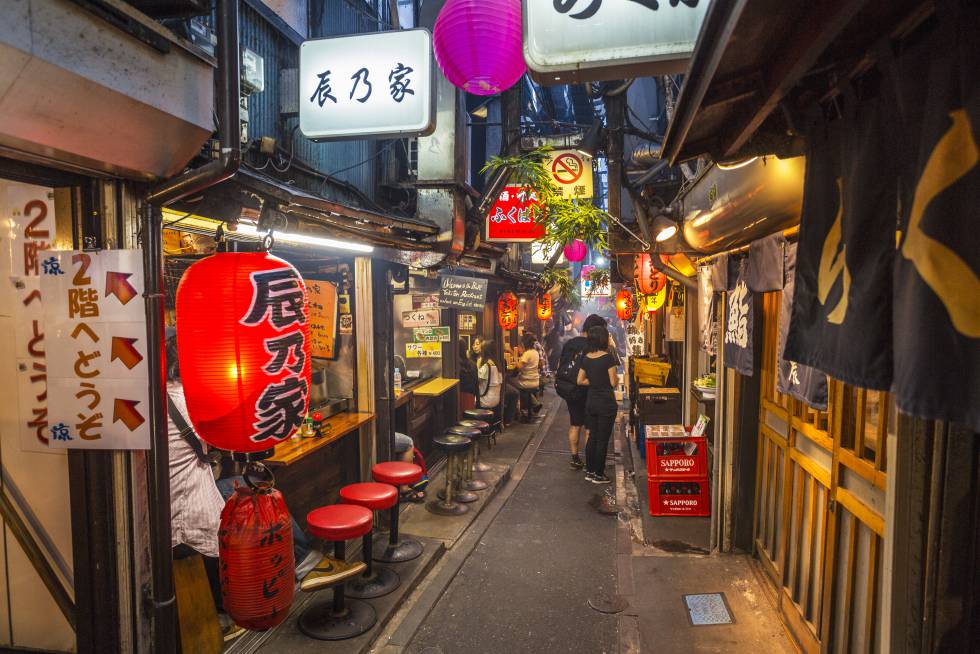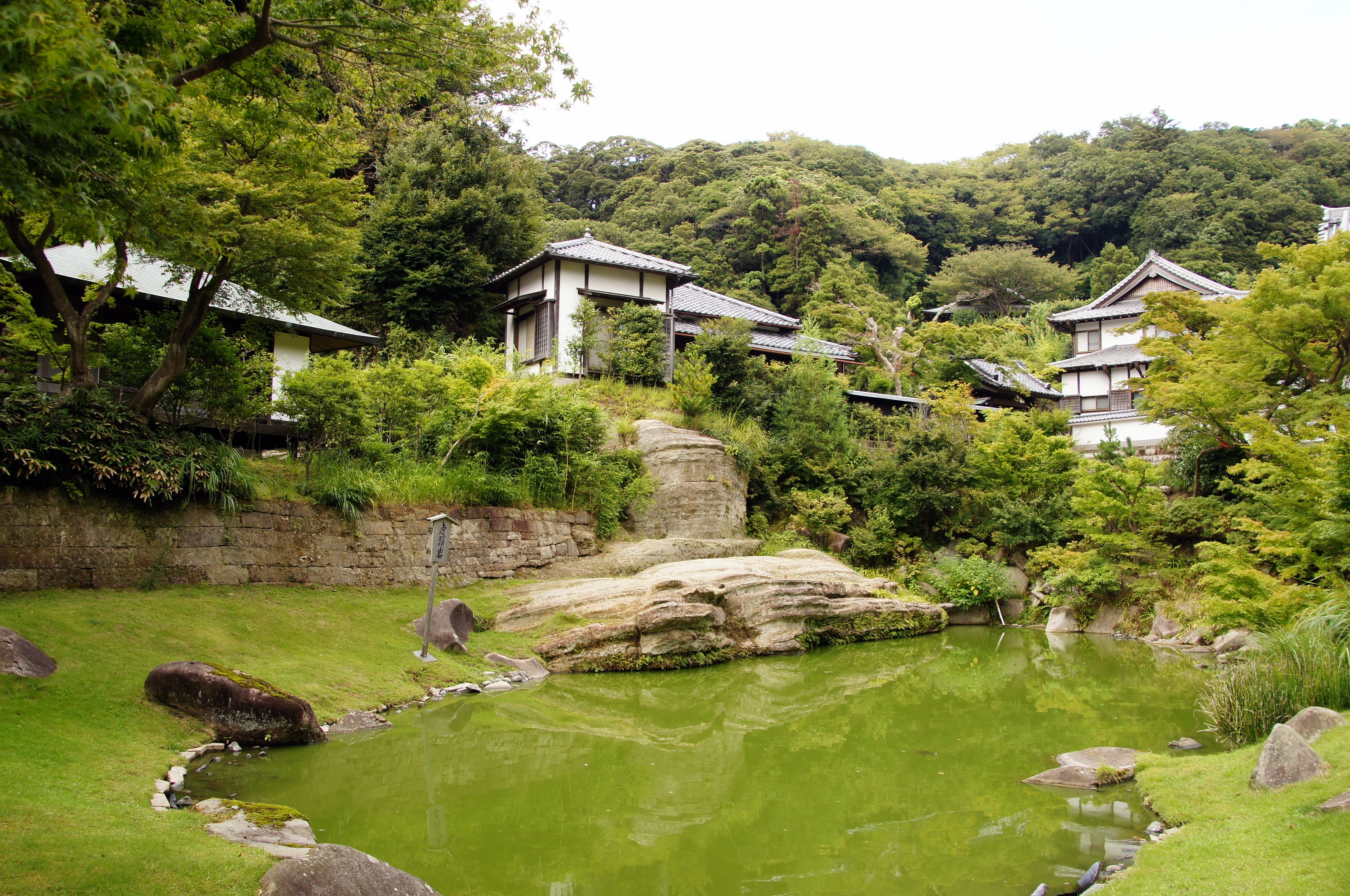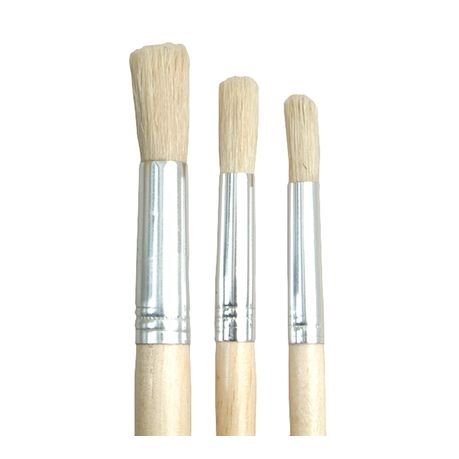sightseeing
Back to Kita-Kamakura Station
|
|
|
|
Engakuji
Historical Overview
The Temple was founded by Motouji Ashikaga (1340-1367), the first governor in Kamakura called Kubo {koo-boh} (governor-general) to pray for the repose of his father Takauji {tah-kah-woo-gee} (1305-1358), who founded the Ashikaga Shogunate in Kyoto and assumed the first Shogun of the Muromachi Period. At its zenith, the Temple had a complete set of seven structures as a full-fledged Zen temple.
While Tokimune Hojo (1251-1284) was the de facto ruler of Japan as the Eighth Regent under the Hojo regime, Mongol troops under the command of Khubilai Khan (1215-1294), grandson of Chinggis Khan (1167-1227), attacked northern part of Kyushu island in 1274 and again in 1281. Though they failed to invade Japan owing to timely typhoons (from which the word Kamikaze or 'god's wind' originates. However, the word popularly means those pilots of the legendary suicide bombers who attacked to ruin the Allied Fleet during World War II, and further today's reckless taxi drivers), tens of thousands of warriors were killed during the battle. Tokimune even executed Khubilai's envoy summoning them to Kamakura. To propitiate the souls of the war victims including those of enemy's, he founded this Zen temple in 1282. As the founding priest, he invited Priest Sogen Mugaku (1226-1286), a Chinese Zen Buddhist (Wu-hsueh Tsu-yuan in Chinese), then living in southern China where freedom of religion was suppressed under the Khubilai government. Since Zen Buddhism was well protected by Tokimune and well accepted by the samurai class, the Temple flourished during the entire Kamakura Period (1192-1333). In fact, Zen would not have flourished in Kamakura had not been for his contribution. Priest Mugaku's eulogy on Tokimune at his funeral ceremony may sum up his personality. Zen and Japanese Culture written by Daisetz Suzuki {dye-seh-tsu soo-zoo-key} (1870-1966), a famous theologian, reads like this: 'There were ten wonders in his life, which was the actualization of a Bodhisattva's great vows: he was a filial son to his mother; he was a loyal subject to his Emperor; he sincerely looked after the welfare of the people; studying Zen he grasped its ultimate truth; wielding an actual power in the Empire for twenty years, he betrayed no signs of joy or anger; sweeping away by virtue of a gale the threatening clouds raised by the barbarians (Mongolian attack), he showed no feeling of elation; establishing the Engakuji, he planned for the spiritual consolation of the dead both for Japanese and Mongolian; paying homage to the teachers and fathers of Buddhism he sought for enlightenment---all this proves that his coming among us was solely for the sake of the Dharma.'
Even after the Hojo regime came to an end in 1333, Priest Soseki Muso {soh-seh-key moo-soh} (1275-1351), then chief priest, was so influential as a Zen master that he earned confidence of the Imperial Court as well as the new Shogunate. (At the time, Tenryuji was being built in Kyoto for the repose of emperor Godaigo's souls and Priest Muso was named as the founder. Tenryuji is the head temple of Tenryuji school of Rinzai Sect). Thus, the Temple was able to maintain its status as a leading Zen monastery. It is recorded that in 1383 more than 1,500 people attended the requiem mass held here for Priest Muso's 32nd anniversary of death. As was the case in other temples, Engakuji was ravaged time and again by fires and earthquakes. Further, it had to bear hardships in the 14th to 16th century with no financial support from the rulers then in power. Entering the Edo Period (1600-1868), the Temple was again protected by the Tokugawa Shogunate and was able to restore some of the Temple's structures. To name a few, the Main Hall was rebuilt in 1625 and Hojo (living quarter for chief priest) in 1673. But, the great earthquake in 1703 destroyed most of the structures, though they were restored shortly afterward.
When Priest Kosen Imagita {koh-sen e-mah-ghe-tah} (1817-1893) was the chief priest, he renovated the Temple, making it the most influential Zen monastery in eastern Japan. His immediate disciple named Soen Shaku {soh-en sha-koo} (1859-1920) attended a world religious convention held in Chicago in 1893 as a representative from Japan and introduced Zen Buddhism to the world's religious leaders, thereby manyforeigners started to appreciate Japanese Zen. Shortly before the Yokosuka Line of Japan Railways was constructed in 1889, the Temple had to yield part of its grounds. A small pond lying on the other side of the railway tracks is still a part of Engakuji and is called Byakurochi (egret pond). The Great Kanto Earthquake in 1923 again devastated almost all of the Temple structures, and therefore, most of the current ones were rebuilt during the past three-quarters of the century. In its heyday, the Temple owned 42 sub-temples other than the main structures and its acreage reached approximately 200 hectares. Today, it has 17 sub-temples. Naturally, it keeps a number of important assets and the whole Temple enclosure is designated as a Historic Spot by the National Government.
Over the past 700 years, the Temple was ravaged at least ten major fires, and if other calamities like earthquakes are included, such a calamity occurred every 50 years on average. In Kamakura, there are the Big-Five Zen temples and this Engakuji ranks second, accommodating today more than 200 priests. Among today's Rinzai sects, Engakuji school is one of the biggest and has no fewer than 200 affiliated temples throughout Japan.
Annual Observances
| First three days of New Year | Annual prayer to mark the start of new year at Hojo | | | | | | | | | | | | Three days in early November | Airing of temple treasures. Various treasures are on display for visitors' convenience at Hojo. A good chance to view them, which would otherwise never be displayed. | | |
|
home | access guide | planning a visit | sightseeing | shopping,dining.. | annual event | history
|
 Club rafflescentral kentucky international cb club. The latest tweets from @EngakujiK. Engakuji is located in an area of Kamakura that travelers like for its temples. Senior prem. bhibs english. Kamakura is home to 37 hotels and other accommodations, so you can find something that's perfect for your stay. Staying Near Engakuji. You can choose from 68 hotels and other lodging options within. JK Militaria offering medals, orders, badges, insignia, military aviation and pilot badges and more. High quality, Royalty-free stock photographs of Orders, Medals, Decorations and badges.
 Engaku-ji Temple Kamakura ImagesAs was the case in other temples, Engakuji was ravaged time and again by fires and earthquakes. Further, it had to bear hardships in the 14th to 16th century with no financial support from the rulers then in power. Entering the Edo Period (1600-1868), the Temple was again protected by the Tokugawa Shogunate and was able to restore some of the. Zuirokusan Engaku Kōshō Zenji, or Engaku-ji, is one of the most important Zen Buddhist temple complexes in Japan and is ranked second among Kamakura's Five Mountains. Engakuji Temple Kamakura Pictures Engaku-jiCopyright 2002 Kamakura Today, All Rights Reserved.
|
|




